Septimius Severus: Architect of a New Roman Era
The dawn of the 3rd century CE marked a pivotal chapter in the history of the Roman Empire, as it transitioned from the tumultuous year of the five emperors in 193 CE. Emerging from this chaos was a leader of remarkable tenacity and strategic acumen, Lucius Septimius Severus. He stood out not only for his military prowess but also for his ability to navigate the intricate politics of an empire in flux. Severus, with origins far removed from the traditional power centers of Rome, rose to reforge an empire battered by internal dissent and external threats.
Early Life and Rise to Power
Septimius Severus was born on April 11, 145 CE, in Leptis Magna, a prominent city of the Roman province of Africa, located in modern-day Libya. His family was of Berber origin, tinged with Punic heritage, and he was related through his mother to a distinguished North African family which wielded considerable local influence. This background, though distant from the Roman aristocracy, did not deter Severus from pursuing a future within the greater machinations of the empire.
From an early age, Severus was endowed with a keen intellect and a desire to serve Rome. He moved to the capital to seek higher education and to immerse himself in the vast opportunities the city offered. In 162 CE, under the reign of Marcus Aurelius, Severus entered the Roman Senate. His ascent through the Roman political and military hierarchy was steady; he held various magistracies that honed his understanding of governance and military command.
The sudden assassination of Emperor Pertinax in 193 CE plunged Rome into a period of uncertainty, known as "the Year of the Five Emperors." In the resulting power struggle, Severus, who was then the governor of Pannonia Superior (a region in present-day Hungary and Austria), saw an opportunity. With his legions' backing, he marched on Rome, outmaneuvering rivals such as Didius Julianus, whose short reign ended with his execution on the orders of the Senate.
The Severan Campaigns
Severus’ claim to the imperial purple was solidified not by his entry into Rome but through subsequent military campaigns that showcased his strategic genius. His major rival, Pescennius Niger, had declared himself emperor in the eastern provinces. Severus demonstrated his command of military logistics in a campaign marked by swift movements and brutal efficiency. By 194 CE, Niger was vanquished, securing Severus control over the Eastern Empire.
With Rome’s eastern frontiers stabilized, Severus turned his attention to Clodius Albinus in the west, who had been named Caesar (junior emperor) by Severus himself in a tactical maneuver to stave off initial confrontation. However, ambition dictated otherwise, leading to a decisive battle at Lugdunum (modern-day Lyon) in 197 CE. The victory reaffirmed Severus’ supremacy.
Architect of Internal Reforms
The consolidation of power allowed Severus to initiate reforms that would leave a lasting imprint on the Roman administrative and legal systems. Understanding the necessity of a resilient military to sustain his rule, he undertook extensive reforms to enhance the pay and status of the Roman legions. Veterans were granted land, and the emperor’s favoring of the military over the traditional senatorial class was clear, establishing a new power paradigm within the empire.
A notable aspect of his reforms was the opening of the Roman empire's elite circles to the provinces—a nod to his own provincial origins. This strategic inclusion of provincial elites into the central administration helped weld far-flung regions more tightly to Rome, ensuring their loyalty through representation and opportunity.
Severus’ reforms extended to the realm of law, where he sought to professionalize its administration. Jurists like Papinian began working under his aegis, a testament to his commitment to justice and order. His focus on jurisprudence laid the groundwork for what would later be known as the Severan juristic revolution.
As Severus journeyed deeper into his reign, the delicate balancing act between maintaining the power of the military, appeasing the Senate, and attending to the needs of the Roman populace became increasingly complex. His approach was both a brand of harsh pragmatism and visionary ambition that sought to unify the empire’s diverse cultures and strengthen its foundations against growing internal and external pressures.
As we delve further into the legacy of Septimius Severus, his actions illuminate the complexities of Roman leadership. His successes and failures provide a lens through which to view an empire on the cusp of transformation—an empire that he endeavored to stand at the helm of not merely as an emperor, but as a reformer and unifier in a time of prolific change.
Construction and Urban Development
Septimius Severus, a man enamored with the vision of a grand Rome, turned his attention towards monumental construction and urban renewal. His reign was marked by ambitious architectural projects that not only served as symbols of his desire to rejuvenate the empire, but also as attempts to legitimize his rule in the eyes of the populace. Through construction and development, Severus sought to leave an indelible mark on the urban landscape of the empire.
One of his most famous contributions was the expansion and embellishment of the city of Rome itself. Under his authority, the Forum Romanum, the political and civic heart of the city, saw significant enhancements. The Arch of Septimius Severus, erected in 203 CE at the northwest end of the Roman Forum, served as a public reminder of his military victories in Parthia. Decorated with exquisite reliefs depicting scenes from his campaigns, the arch was not only a testament to his triumphs but also a strategic narrative tool that continuously communicated his strength and legitimacy.
Beyond the grandeur of Rome's capital, Severus was deeply invested in the transformation of his birthplace, Leptis Magna. He initiated a massive urban development project that reshaped the city, including the construction of a new forum, basilica, and amphitheater. These projects not only emphasized the imperial connection to Africa but also positioned Leptis Magna as a vital hub in North Africa's Roman provinces.
His reign also saw the implementation of improvements to infrastructure across the empire. Roads and aqueducts were constructed or restored, further integrating the diverse territories of the Roman world and facilitating efficient administration and troop movement. Such enhancements were pivotal for maintaining the cohesion and operational efficiency of the empire during times of strife.
Challenges and Dynastic Concerns
Despite these accomplishments, Severus’ reign was not without its challenges. The stability he had worked so diligently to achieve was constantly threatened by internal dissent and rival claims. The empire was vast, and controlling its many corners required energies that stretched even his formidable abilities.
A significant aspect of Severus' rule was his focus on his dynasty's succession. The emperor's ambition was not just for his reign but for establishing a lasting Severan dynasty. To this end, he involved his two sons, Caracalla and Geta, in the affairs of governance from a young age, grooming them for future rule. However, internal family tensions threatened the unity of his lineage. The sibling rivalry between Caracalla and Geta was infamous and would prove to be a thorn in the dynasty’s side.
Severus’ efforts to cement his sons' positions included their elevation to the status of co-emperors during his lifetime. This strategy was intended to ensure continuity and shared power, with Caracalla being favored as the primary heir. Nevertheless, this focus on dynastic succession also sowed seeds of discord that would manifest tragically after Severus’ death.
Last Campaigns and Final Years
In the twilight of his reign, Septimius Severus embarked on one last significant military campaign. With an eye towards ensuring security and Rome's continued dominance, he turned his attention to Britain. The northern frontiers of the province were restive, with Picts and other tribes posing continuous threats. Severus launched an ambitious campaign in 208 CE to subdue these northern regions definitively.
The campaign demonstrated Severus’ enduring military acumen and determination, even as he advanced in years. Accompanied by both his sons, the campaign further served as a platform to reinforce their roles in military leadership. However, the harsh conditions and the resilience of the local tribes tested the Roman forces. While Severus managed some degree of success in temporarily stabilizing the frontiers, the campaign's toll was heavy, particularly on the aging emperor.
Severus’ health declined during the arduous campaigns in the damp climate of Britain. In February 211 CE, he succumbed to illness in the city of Eboracum (modern-day York). His death marked the end of a storied reign marked by both consolidation and the looming shadow of uncertainty that his familial ambitions cast over the empire.
Severus' final words to his sons reportedly were, "Be harmonious, enrich the soldiers, scorn all others." These reflections encapsulated a lifetime's worth of political wisdom, a poignant summation of an emperor who understood the delicate balance of power that his successors would need to maintain if they hoped to preserve his hard-won gains.
As the torch passed to Caracalla and Geta, the legacy of Severus hung heavily over the empire, a testament to his vision and an ominous reminder of the challenges his successors would face. An empire transformed under his hand stood poised between the height of imperial grandeur and the undercurrents of familial discord that would shape the next chapter of its storied history.
The Legacy of Septimius Severus
The death of Septimius Severus ushered in a complex transition period within the Roman Empire. The emperor’s legacy, enduring and multifaceted, would come to define the early years of the Severan dynasty. However, the seeds of familial discord sown during his reign soon bore fruit, inflicting challenges his successors found difficult to overcome.
Severus’ dual focus on military expansion and internal consolidation had fundamentally redefined his empire. His strengthening of the legions and the increased reliance on military support as a political bedrock shifted the imperial paradigm. This approach, while effective for Severus, sowed seeds for future dependency on military approval, creating a precedent that would reverberate throughout the emperors that followed.
Dynastic Troubles and Internal Conflict
Following Severus’ death, a bitter power struggle erupted between his sons, Caracalla and Geta. Despite their father’s hopes for a unified co-emperorship, sibling rivalry escalated to fratricidal levels. In late 211 CE, Caracalla orchestrated Geta’s murder, an act that shattered any semblance of unity within the Severan family. The consequences were dire, undermining Severus’ dream of a lasting familial legacy.
Caracalla’s subsequent sole rule was marked by increased militarization and further integration of the provinces. He continued to expand on his father’s policies, notably through the issuance of the Constitutio Antoniniana in 212 CE. This significant edict extended Roman citizenship to all free men within the empire, a move designed to unify the diverse peoples under Roman rule and increase tax revenues. While visionary, it also shifted existing social dynamics, further illustrating how Severus’ policies shaped and transformed the Roman world.
Enduring Influence on Roman Governance
Septimius Severus’ emphasis on strengthening the empire’s legal and administrative systems resonated far beyond his reign. His initiatives to professionalize the legal profession laid foundational principles that would evolve into Roman jurisprudence under later emperors. The Severan dynasty’s sponsorship of leading jurists played a significant role in shaping the Roman legal corpus used across the empire.
Additionally, Severus’ open acceptance and promotion of provincial elites into the empire’s administrative framework marked a progressive shift towards a more inclusive governance model. This systemic approach allowed for a more diverse representation, enduring as a strategic advantage in managing the far-reaching empire. Regions formerly distant in influence were woven into the empire’s political tapestry, ensuring their stake in the preservation of imperial unity.
Transformations in Urban and Architectural Legacy
Severus’ ambitious urban projects left tangible imprints on Rome and other significant cities. His architectural contributions, including expansions in Rome and restoration in other regions, projected imperial power and unity while celebrating cultural fusion. These buildings stood as testaments to his reign’s lasting influence, embedding his image in the public square and the cultural memory of the Roman populace.
The transformations he instigated in Leptis Magna exemplified the Severan tendency to elevate regional cities to major urban centers. This strategic development was a visible assertion of the empire’s interconnected nature, marking a high point in the Severan ability to integrate and celebrate the diverse components of their vast dominion.
Conclusion: The Complex Heritage of a Transformative Leader
The complex legacy of Septimius Severus is marked by a blend of innovation, ambition, and underlying tension. His reign forged pathways for future leaders through transformative policies and abrupt challenges in an era characterized by shifting power dynamics and expanded imperial reach. However, his steadfast reliance on military power and the complications of his dynastic strategy left ripples that would lead to volatility once central control weakened.
As a historical figure, Severus stands out as both a unifier and a disruptor, a leader who bridged the old and the new in Roman civilization with dual tenacity and complexity. His capacity to mold an empire while navigating the inherent contradictions of his position underscores the multifaceted demands on leadership within the ancient world.
The studies of Severus’ reign illuminate the intricacies of Roman power structures and the shifting sands of imperial governance. Through his military conquests, architectural endeavors, and administrative reforms, Septimius Severus sculpted a new Roman landscape that continued to evolve long after his passage. Through examination of his life and rule, one gains insight not only into the legacy of a significant emperor but also into the broader context of Rome’s imperial story—a formidable empire in both ascent and adaptation, striving to maintain its place within the annals of history.
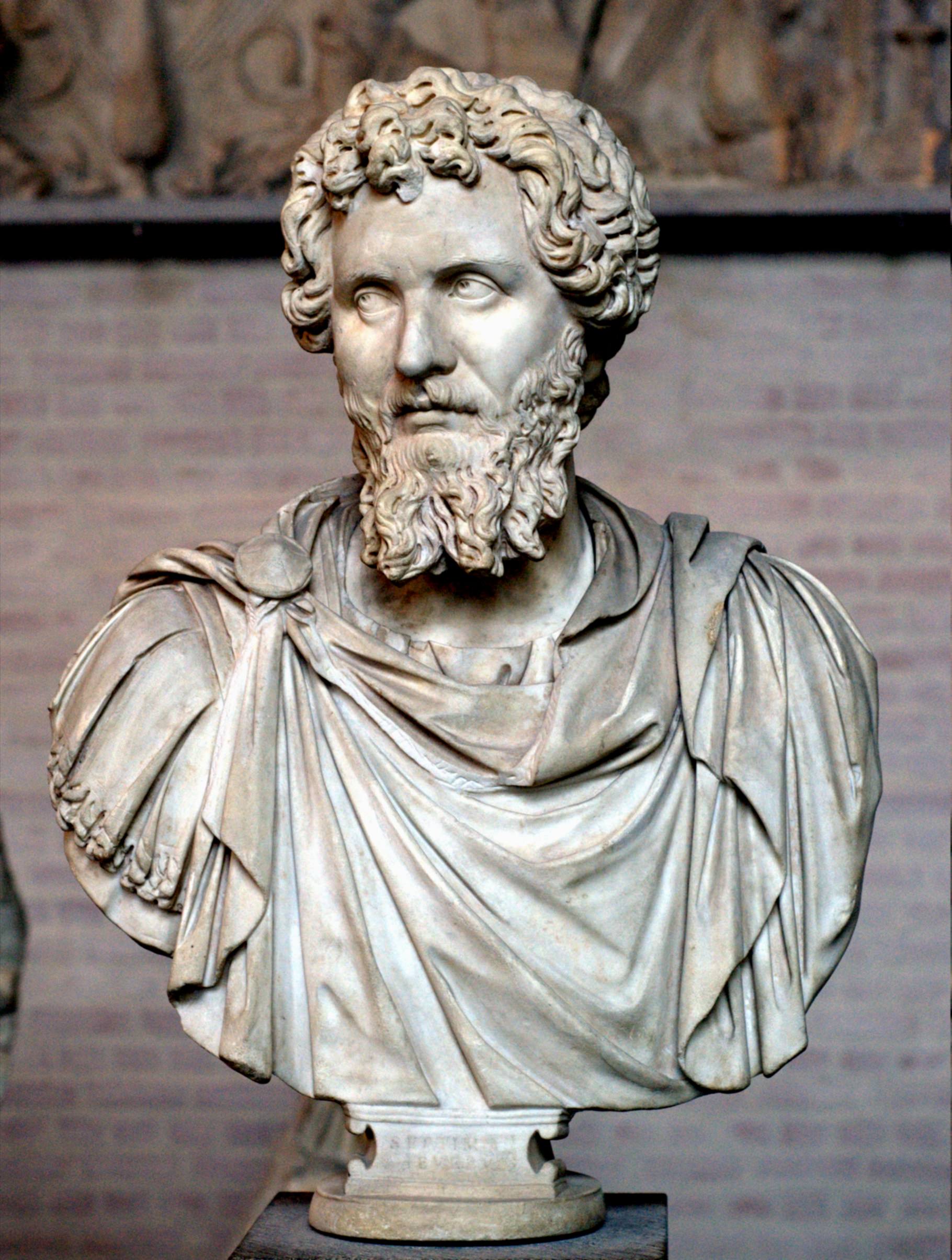




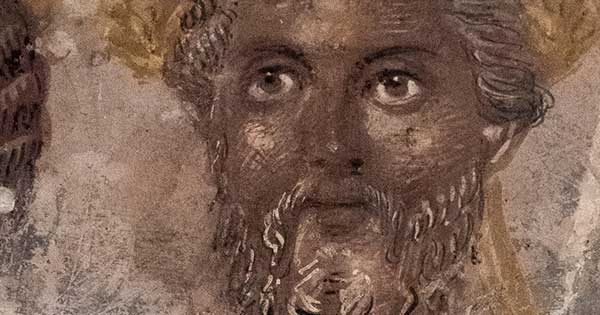



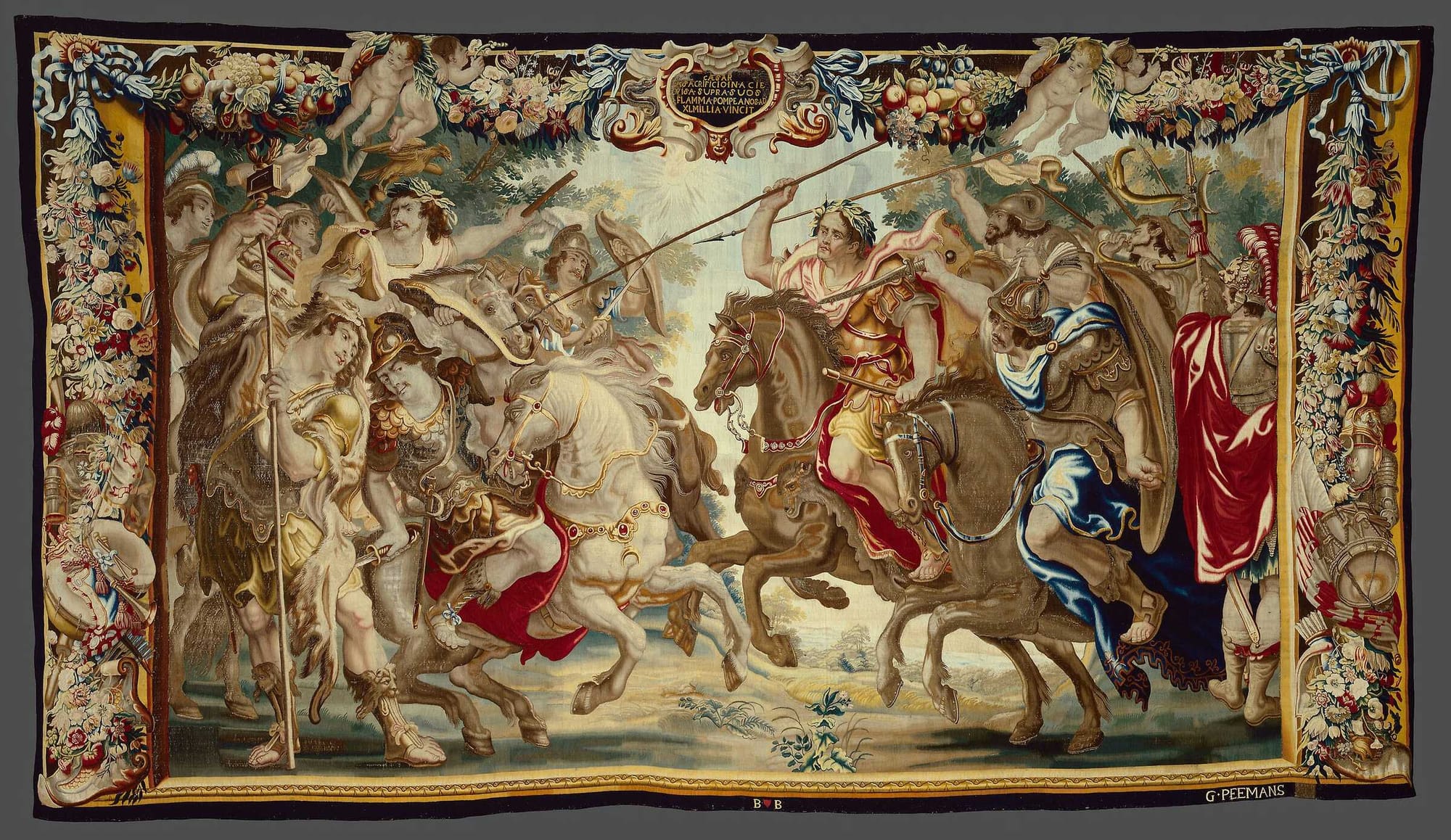


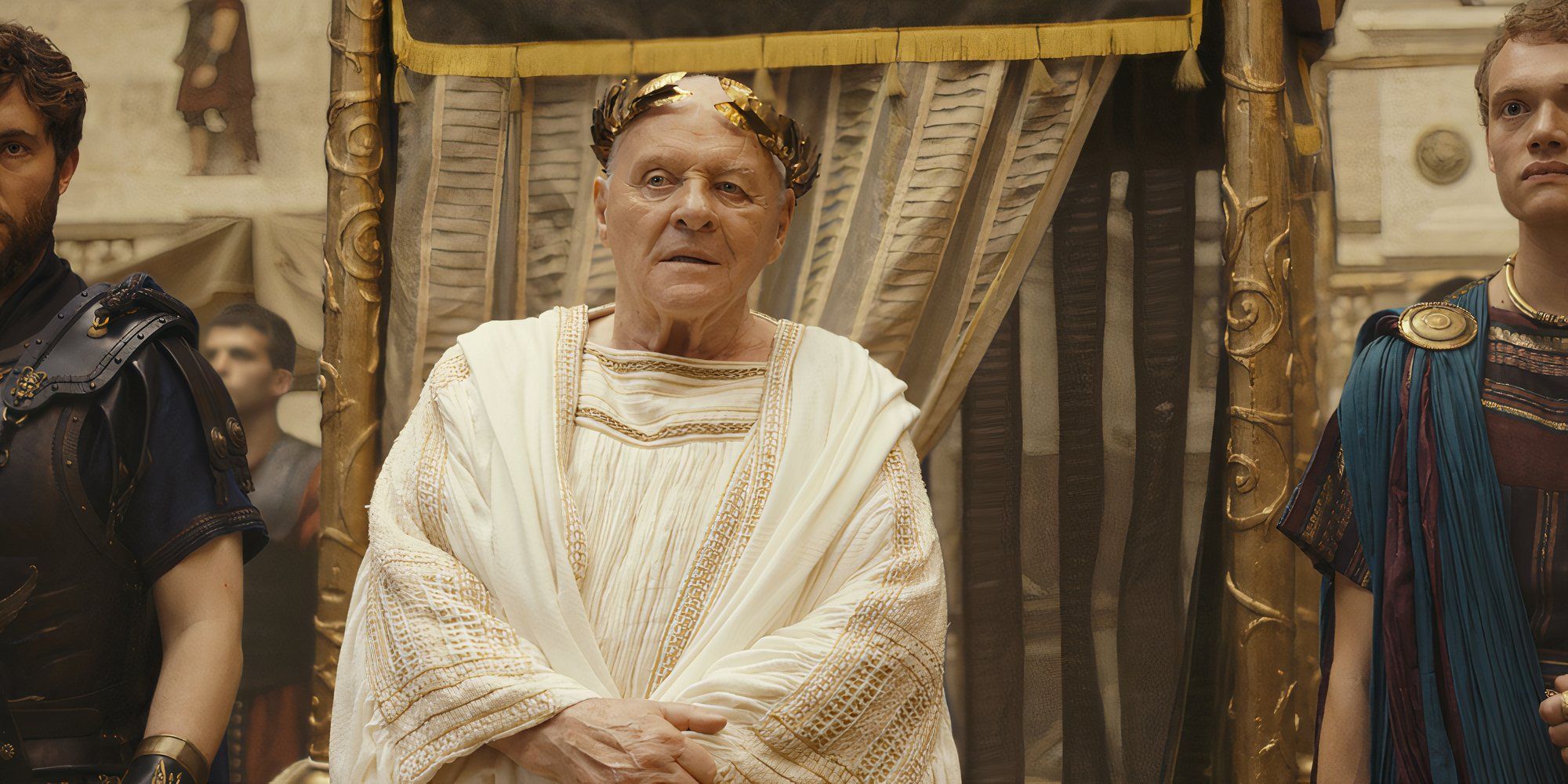
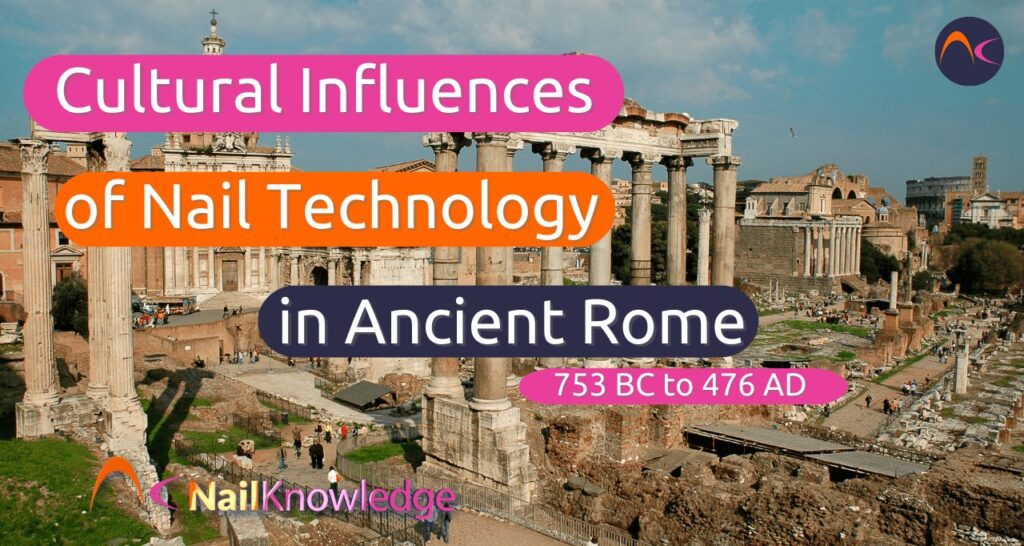
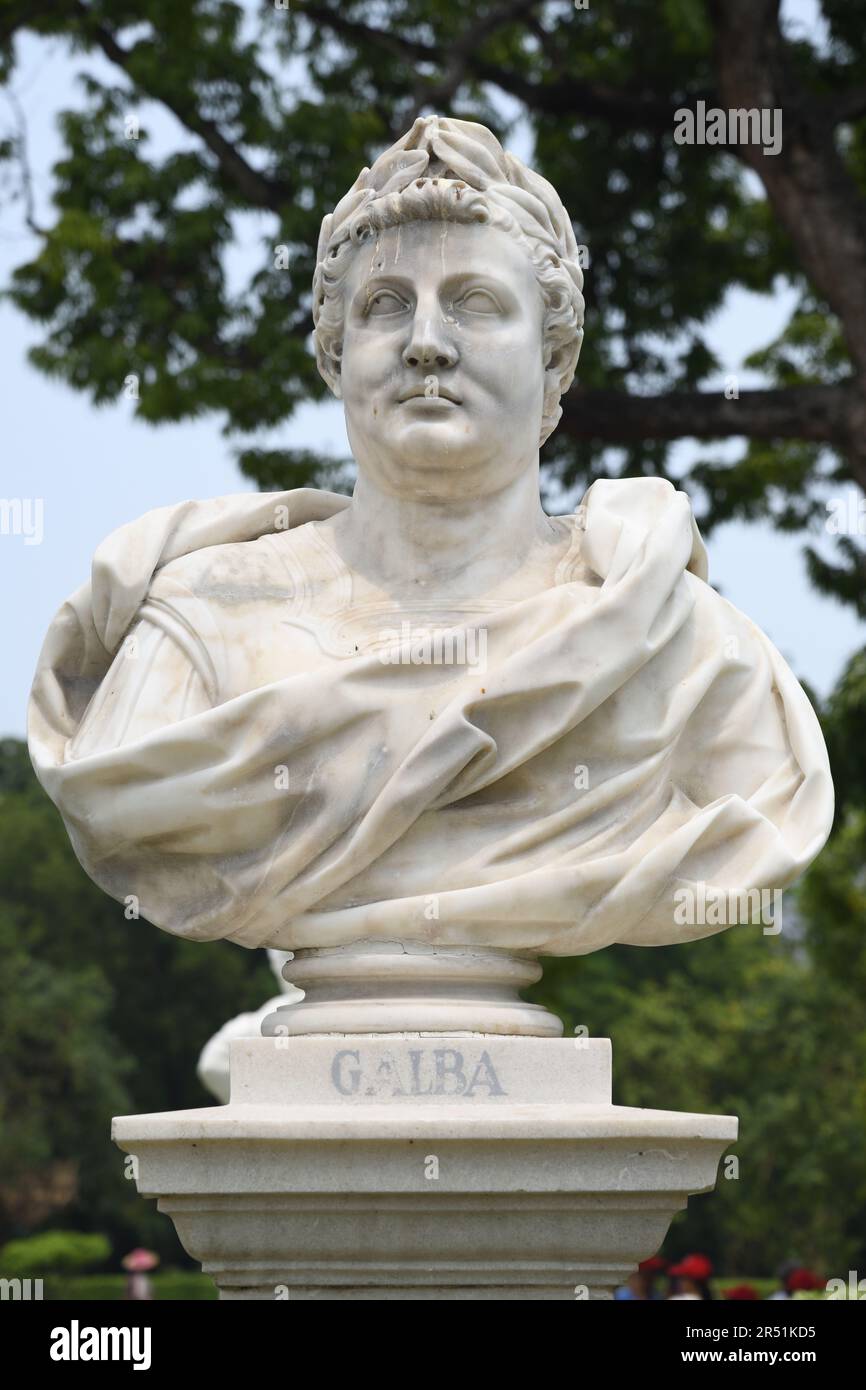

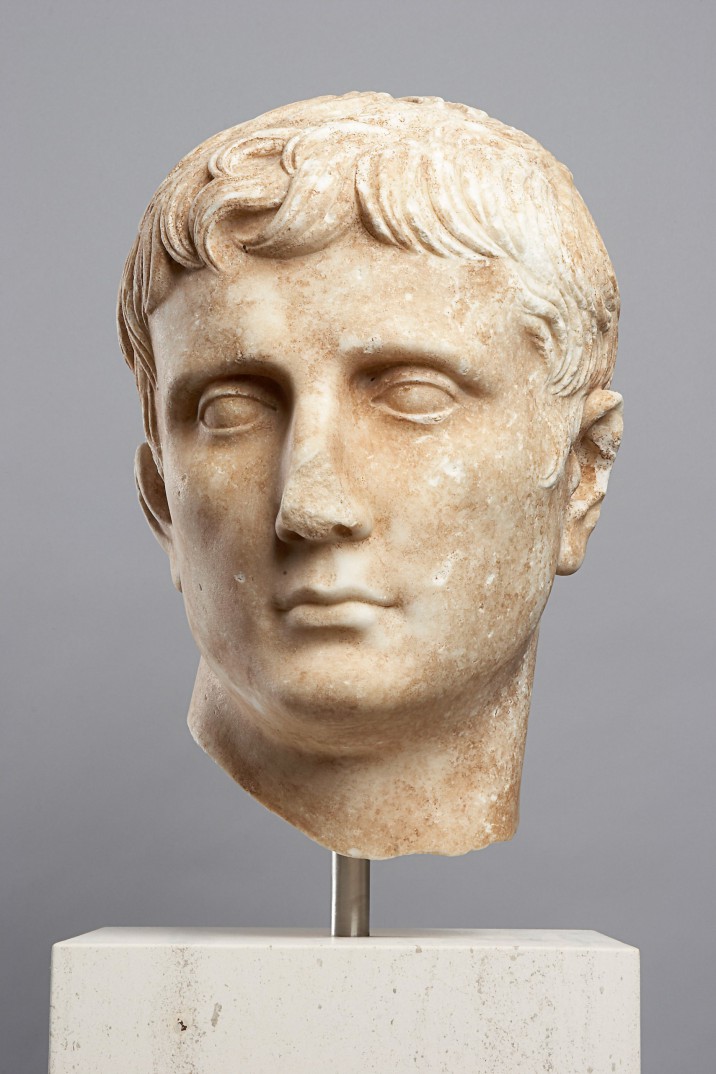







:focal(1134x648:1135x649)/https://tf-cmsv2-smithsonianmag-media.s3.amazonaws.com/filer_public/49/26/4926c5f7-b1c9-4b5c-842c-cfe6cdb13a1d/panoramica_1.jpg)
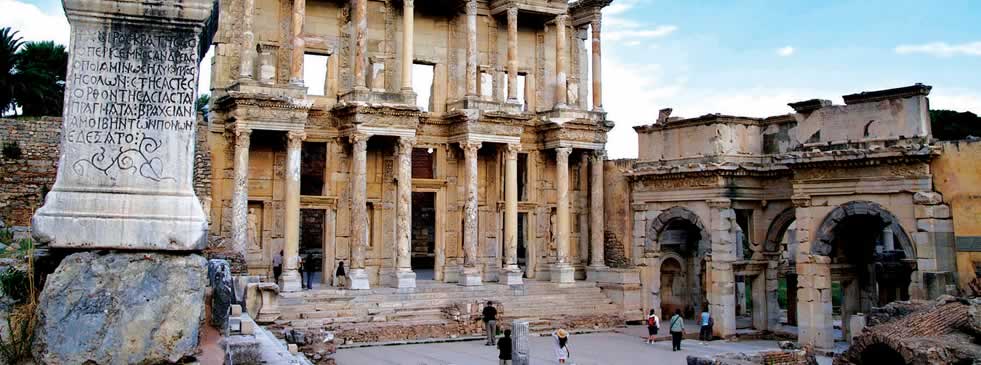
Comments